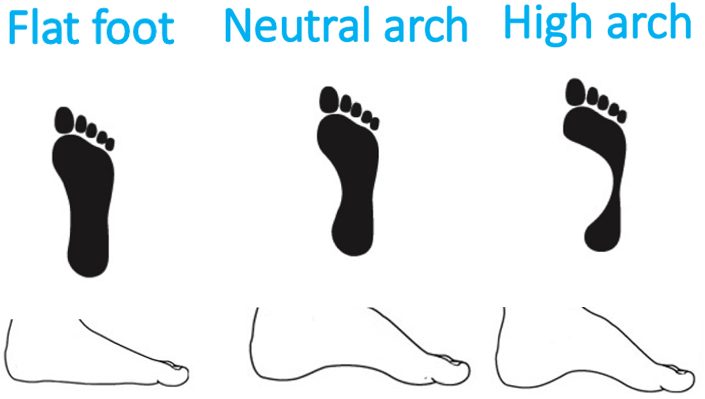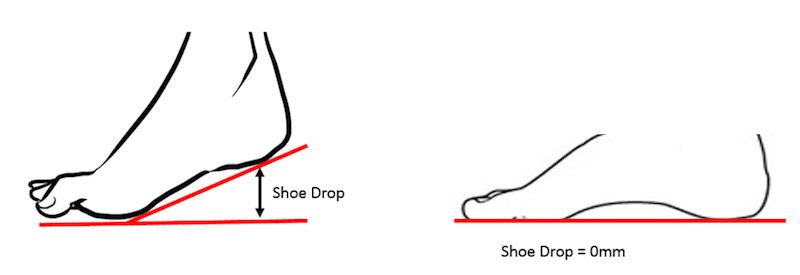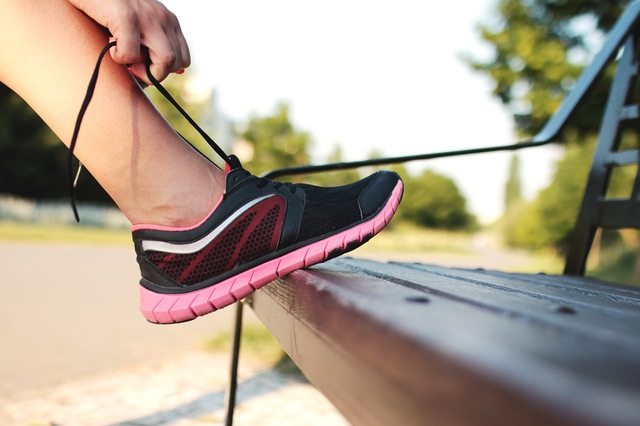Running Gear
Episode #8 of the course “Ultimate Guide to Running” by Matthew Henshall
One of the best parts about running is that you don’t need a lot of gear. However, it can add some real flavor to your love for the sport. Most important is shoe selection. Don’t forget to have a look at some watches, apps, and websites.
Shoes
Finding the right pair can be difficult. If we buy the wrong pair of shoes, we often feel like we are stuck with them for a number of years and can’t take them back. And shoes are not cheap, so they are not something you can just keep buying. Go into your running shoe store of choice when you’re not in a rush, find someone who is knowledgeable, and remember the information we are about to give you.
Foot shape

Foot shapes can either be flat, neutral, or high. A flat foot means you might have a dropped arch. This creates a larger surface area from your foot in your shoe. People with flat feet often choose a more stable shoe with a lot of support. Because of the dropped arch, your feet might be prone to overpronation by rolling inward. This can be overcome with a more stable shoe. Neutral feet are what most shoes are designed for. High-arch feet mean you have very little of your foot touching the ground, so you might need a more flexible shoe. If you have an acute case of flat or high arch, make sure you speak to a podiatrist.
Shoe types
First, decide what type of running you are going to do. Trail or road? It is a good idea to have a pair for each and then be strict about using the correct pair. Trail shoes will wear quickly on the road and vice versa.
Next, decide your distance. Less than or more than a half-marathon? Ask your salesperson what the drop in the shoe is (this means what the heel-toe height differential is).
With a very high drop (12mm+), you are technically running out of a starting block. This makes it a lot easier and more comfortable, but as you can imagine, this movement also allows you to strike your heel harder, and overpronation will occur in your joints.

If this is the first time you have heard about shoe drop, I would recommend you figure out your current drop. Decreasing the drop can lead to a better running style, but try to decrease it a little (2mm) at a time. Don’t do more. A lower shoe drop (8mm-) will make longer distances more tiring on your legs, but it might improve your posture. Barefoot running has a drop of 0mm and is credited as being more natural; however, you will struggle to run great distances or at high speeds.
Recommended book
“Running Like a Girl: Notes on Learning to Run” by Alexandra Heminsley
Share with friends

